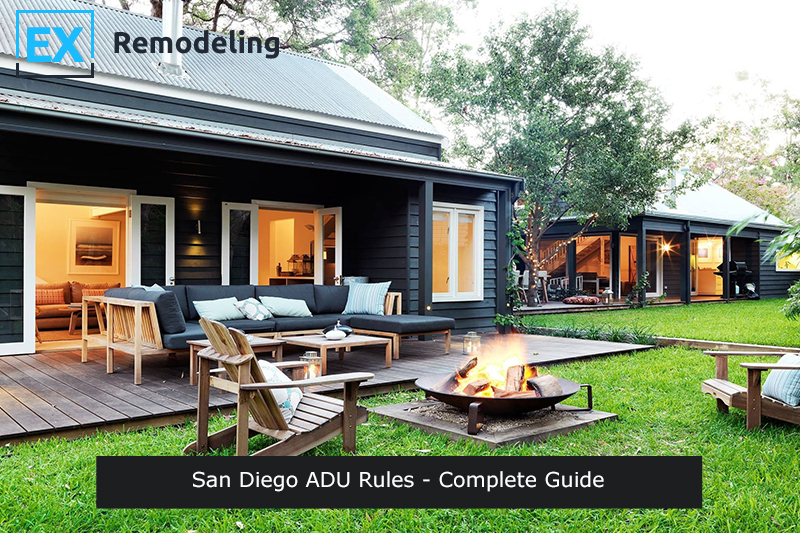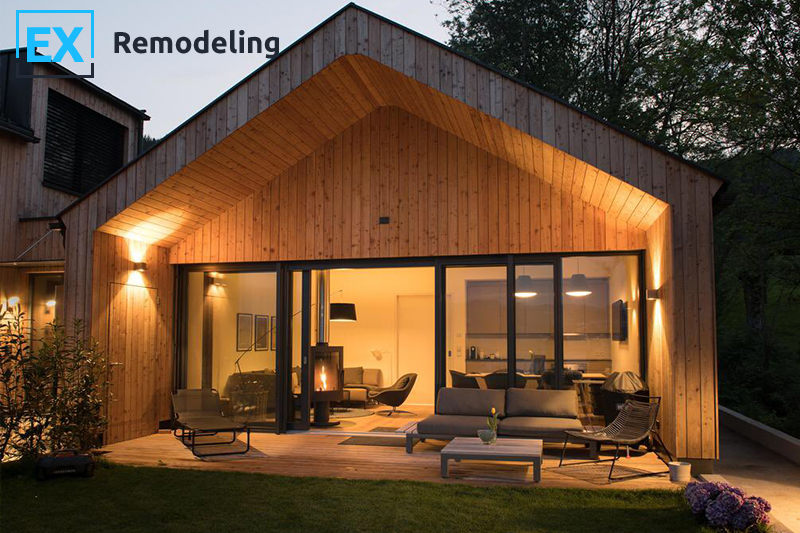San Diego ADU Rules - Complete Guide
If you wish to construct a JADU or ADU in San Jose, there are a few San Diego ADU Rules you’ll have to follow. Therefore, it pays to be prepared if you are considering building an accessory dwelling unit soon. Here is a complete guide to San Diego ADU Rules, taking you through the checklist for building an accessory dwelling unit.

Many changes have been going on in the City of San Diego in recent years. One of those changes has been the surge in the development of ADUs (Accessory Dwelling Units) – smaller apartments that typically share wall space with a single owner or tenant). These units create a new type of living situation that is much more dynamic and communal than traditional homes.
Adding an ADU can give you a productive investment opportunity that may provide you with a substantial income. This complete guide will help you understand all the San Diego ADU Rules and ensure all requirements are met before any ADU is added.
What Are the Current San Diego ADU Rules?
The San Diego ADU rules allow the construction of an ADU, provided that the property owner submits a plan permit application and gets it approved by the local government. It’s a great way to increase housing stock and generate incentives for homeowners. In addition, the new rule facilitates the addition of one bonus ADU if certain conditions are met.
It will help expand housing stock even further and may benefit low-income residents. The rules also allow for a program called JADU which shortens the permit period from 120 days to 60 days in several cases. It’s an excellent way to speed up the process and make it easier for those hoping to build an ADU quickly.
You must live in San Diego County. It includes the cities of San Diego, Riverside, and Imperial Valley.
- You must have a legal structure capable of owning and using an ADU.
- Your lot size must be at least 2000 square feet and no larger than 2500 square feet. In addition, your lot size cannot be within 1,000 feet of any other lot that is used for residential purposes, including schools, churches, parks, freeways, commercial development, or endangered species habitat areas.
- The lot cannot be near a floodplain or hazard area. The Federal Emergency Management Agency (FEMA) considers a place to be a floodplain if it has received 50 flooding events in the past ten years or has a 20 percent chance of receiving flooding within the next 100 years.
- The lot must have access to water and power apart from cellular service and cable television access (unless you are landlocked).
- You must apply to become an authorized developer with the City of San Diego Department of Community Development (Code Compliance).
- You cannot begin construction on your ADU until after you have received final approval from Code Compliance and the City Treasurer’s office (Tax assessor-recorder)

The maximum size of an ADU depends on the number of bedrooms, the type and size of the existing accessory structure, and the square footage of the primary structure. However, it should be at most 50% of the total square footage of all structures on the property.
- Garage Conversion: If you’d like to convert your garage, consider the location of your garage and other accessory structures on the property. When converting your garage and backyard into an ADU, you must meet additional city requirements. Therefore, asking your architect or contractor for guidance is necessary.
The converted garage must also have one parking spot on the property, at least 4 feet from any setback requirements. If the total square footage of all structures on the property is over 500 square feet, then you must also add one additional parking spot beyond what is required by law.
- Backyard Addition: Do you live in the city or suburbs? There’s a good chance that you don’t have a backyard. However, if you love spending time outdoors and enjoy gardening or activities like pottering around the house, a backyard ADU may be the perfect solution for you.
Because ADUs are not considered residential units, there needs to be more clarity surrounding many aspects of their operation. Unfortunately, it has created an environment where developers can get away with questionable behavior. As a result, it is crucial for San Diego residents who want to live in an ADU to be aware of the rules that govern their construction and use.
In this context, there is no better solution but to revert to EX Remodeling. The company executives will communicate the current ADU rules and help you with an ideal ADU addition on your San Diego property.

